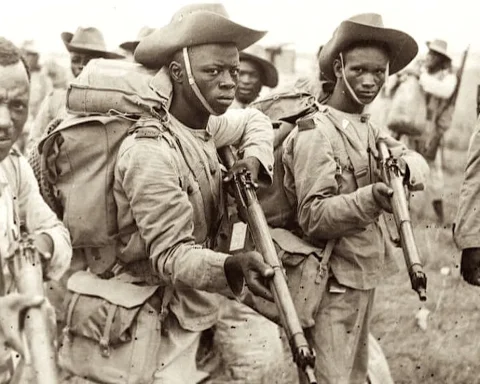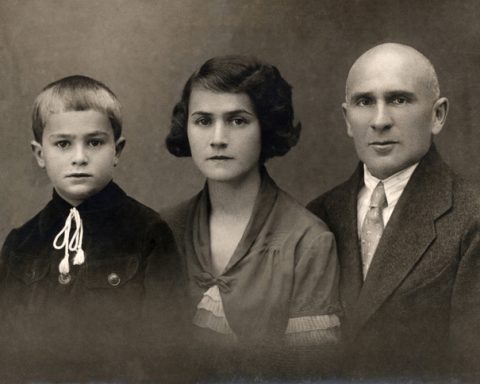Marjorie Stewart was born in 1896 in the Blue Ridge Mountains of Virginia to parents who were descended from slaves. When she was a teenager the family joined the Great Migration, moving to Chicago where so many African-Americans were moving for jobs and a better life. There she studied cosmetology.

Before she was twenty, she met and married Robert Joyner, who was studying podiatry. Because Robert was busy with school and studies, Marjorie enrolled at the A.B. Molar Beauty School, and she became the first African-American to graduate from there.
Upon graduation, she opened a beauty salon on South State Street in Chicago. She soon became sought after for her skill at setting the Marcel wave, a flat, ribbony crimp (a hair style eventually made famous by jazz singer Josephine Baker; 1906-1975).
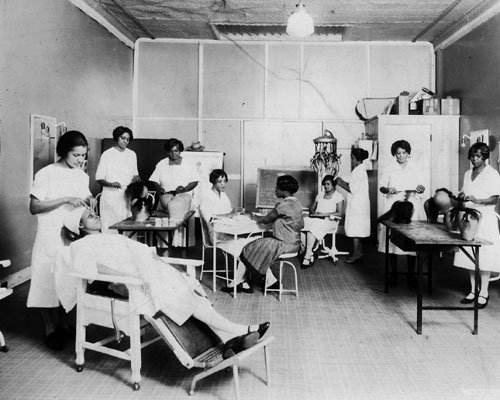
One day, at the request and sponsorship of her mother in-law, Joyner attended a class on hair techniques and there Madame C.J. Walker discovered her. When Walker observed Joyner demonstrating some of her work using the Marcel wave, she offered a Joyner a job, but Joyner had just gotten married and turned Madame Walker down as she wanted to remain in Chicago where her husband was still in school.
Madame Walker did not forget Joyner and kept in touch; finally in 1919, Madame C.J. Walker convinced Joyner to become part of her demonstration team that traveled the country teaching hair techniques. Joyner went on to have a very successful career with the Walker Company.
Necessity is the mother of invention. Joyner’s personal experience in a salon, working with the Marcel wave in particular, led to her recognizing a problem that need to be solved: Anything involving the hair iron was a time-intensive task. Whether heating to straighten or heating to curl the hair, it could only be done one curling iron and one section of hair at a time.
Joyner was fixing pot roast one day and was thinking about the long thin rods that were inserted into the pot roast to hold the meat together, which also served the purpose of heating the meat from the inside. This gave her an idea: What if you could create a device that used many curling irons that could work simultaneously? Then the process could be accomplished in less time for both the beautician and the customer.
Joyner began to experiment. She hooked 16 pencil-shaped pot roast rods to an old-fashioned hair dryer hood and then joined them together with a single electrical cord and began to examine how they could be designed to function simultaneously.
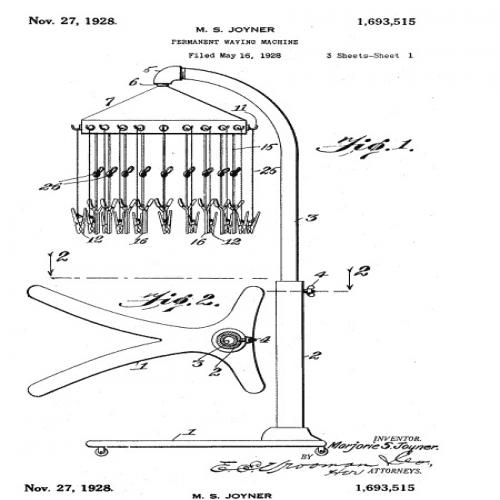
By 1928, she had perfected her invention and applied for and received her patent for a device that could set an entire head of curls at the same time.
When asked by others how she came up with such an idea, Joyner was always very humble about it: “If I can take pot roast rods and have a one-of-a-kind invention, believe me, people can do what they set their minds to.”
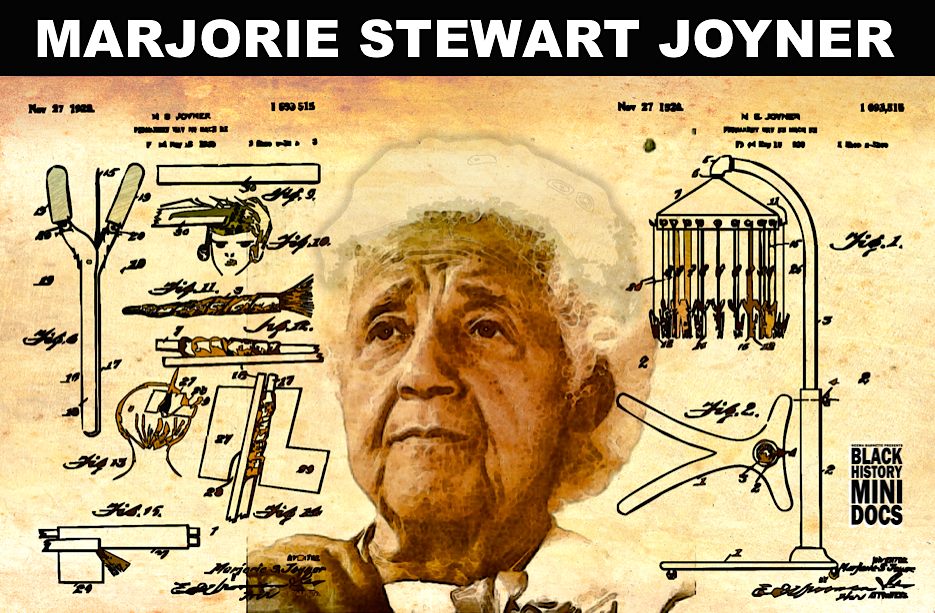
While the device was developed for perfecting the Marcel wave and doing it more quickly, beauticians soon realized there were other ways to use the invention. Shops catering to African-Americans saw that it could be used to soften the kinks out of tightly curled hair, and those that catered to white people found that they could use the device to create all types of curly styles.
Initial sales of the machine were good, but there were complaints and Joyner listened. Women found that the hot irons sometimes touched and burned or pinched their scalps. Joyner set to work again and patented a scalp protector to make the procedure less painful.
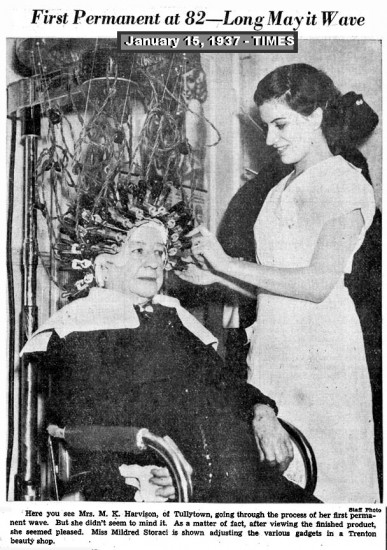
Joyner enjoyed a full and rewarding career with the Walker Company, holding many important positions, including that of vice president of the salon division (a chain of 200 salons). Eventually she was picked for a seat on the board of directors.
Though the permanent wave design was patented, the credit was awarded to Madame C.J. Walker and Joyner received no compensation for her invention. She never derived income from it. Joyner was an employee of Madame C. J. Walker’s company at the time the invention was created and patented, and therefore, ownership of the patents belonged to the Walker Company. This is a typical example of giving up Number One for the bribe called salary.
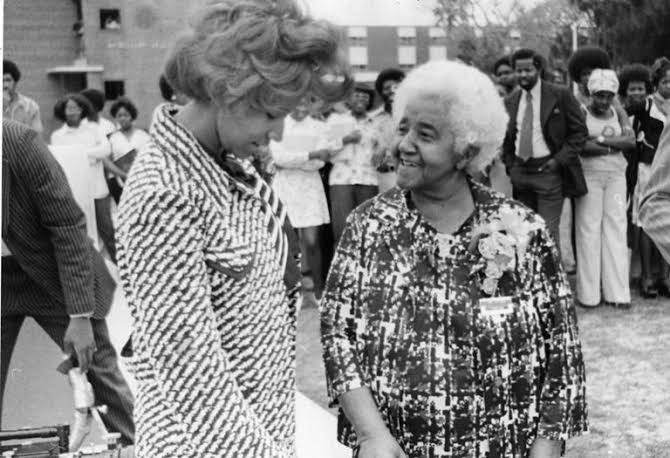
In 1967, Joyner founded the United Beauty School Owners and Teachers Association. She also helped to develop the National Council of Negro Women, formed a sorority and fraternity, Alpha Chi Pi Omega, and headed the Chicago Defender Charity network which provided proceeds to various schools. Joyner was also active in Democratic politics and as well as the Bud Billiken Parade, which also honored African-American causes. Additionally, she drafted the initial cosmetology laws for the state of Illinois.
In 1987, the permanent wave design and a mockup of her salon were featured at the Smithsonian Institution.
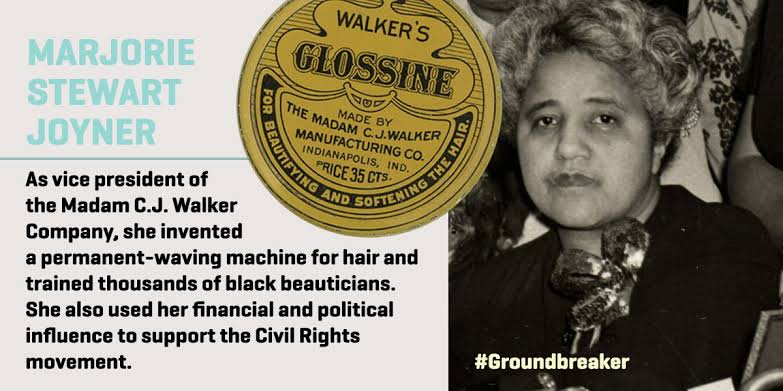
In 1973 at the age of 77, Margaret Stewart Joyner fulfilled another lifelong dream. She attended Bethune-Cookman College and earned a B.S. in psychology.

She died in 1994 at the ripe old age of 98. Inventor Marjorie Joyner is a Black woman truly worthy of emulation. We honor her for living such an inspiring life.









